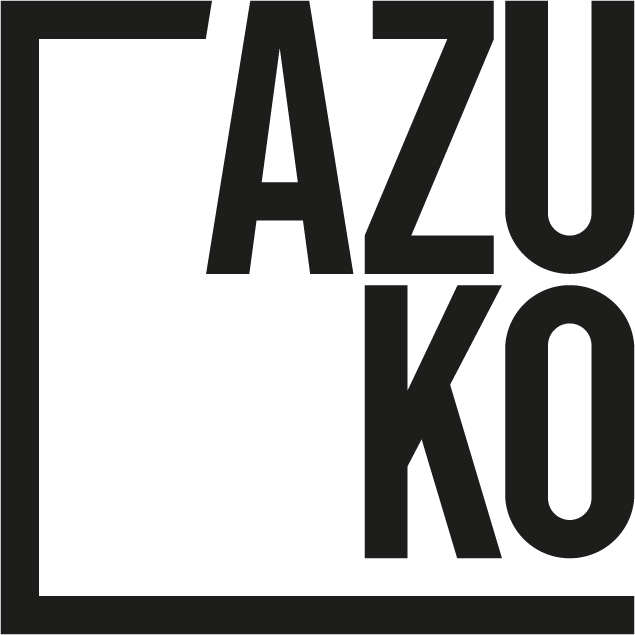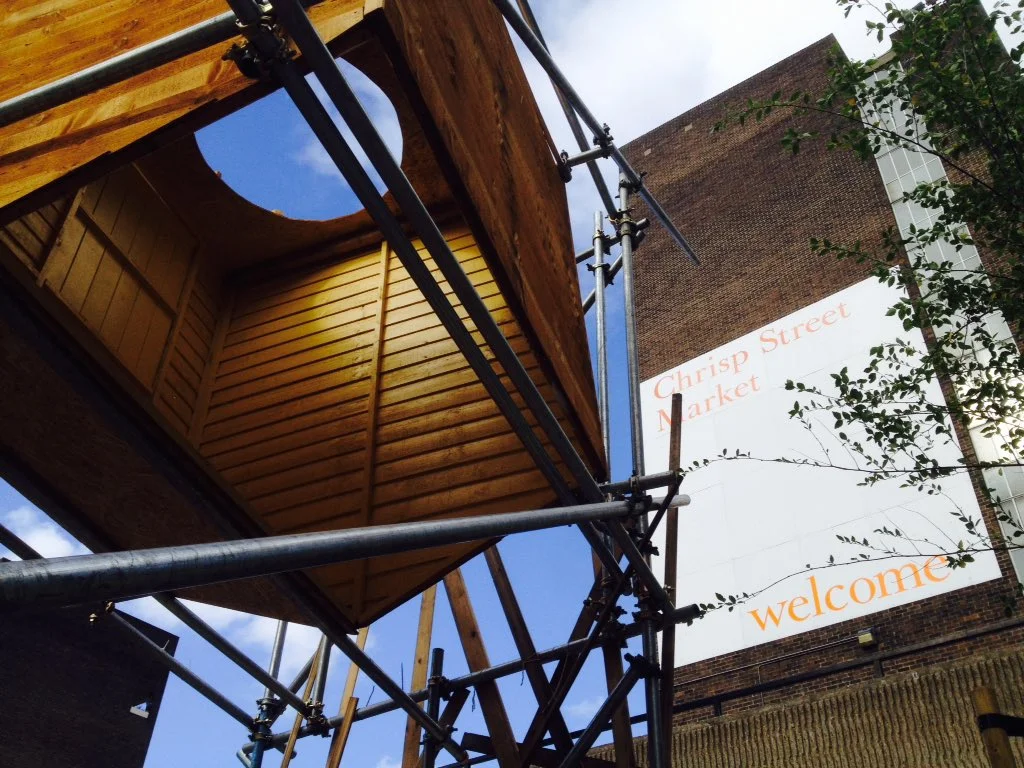It's a global charitable foundation developing vaccines for Ebola, insecticide-treated bednets for malaria and best practice for reducing risk of infection for frontline workers. It's an organisation that shouldn't necessarily care about people's emotional or 'unscientific' perspectives. Why would a chaotic, arguably irreplicable architecture pavilion mean so much to Wellcome Trust?
We took a look at why it does matter and what we can collectively learn about building relationships and working with communities.
It's a brave funding strategy - trust. Give someone enough money, time, autonomy and support to do what you've asked of them. This is the approach Wellcome Trust takes with their Engagement Fellowships programme to facilitate a diverse discussion around health and wellbeing. Though a catalyst for a successful engagement, this approach also leaves room for reflection and learning.
We were commissioned by artist Alex Julyan and Wellcome Trust to evaluate Poplar Pavilion; an architecture and wellbeing pop-up in Poplar's Chrisp Street Market - the centre of our own work in Tower Hamlets. The Pavilion was the culmination of Alex's three-year fellowship with the Trust.
In the report we discuss the challenges of effectively engaging a range of stakeholders in a community, particularly those with power. We do this through the lens of Wendell Berry and other voices in design, science, health and wellbeing.
The complexity of the relationships and interactions with the Pavilion and Alex's team were captured using human-centred methods; documenting what we heard, read and observed. This resulted in a collection of personas (semi-fictional characters) that allow readers to empathise with and more deeply understand the diverse needs of all those involved.
“60% of our time is listening and talking. Maybe 30% is building, and 10% is other stuff”
The Pavilion was dynamic. Throughout its life, it was described in many ways: temporary, a place to be, respite, stimulus, whimsical, useless, human-scale, as well as words indicating wellbeing: balance, connection, wonder and beauty.
Alex prioritised communication with the community. It was a process guided by a responsive and serendipitous approach to design. These are a key part of the participatory process.
“... whatever we were going to design, it was going to be in response to interaction with the community, and people. Before she [Alex] brought me on board, she was already connecting up community groups.”
Regarding health and wellbeing we explore a range of academic topics from access to green space and environments that combat social isolation to engagements that support a sense of belonging. The health effects range from stress reduction to healthy brain development. We also remind readers that understanding impact is often complex, and that this is a humble attempt to learn and imagine.
We conclude with several key learnings for future work:
An effective engagement takes time and consistency
Alex was able to spend several months of face-to-face interaction with the community, which allowed for trust building, design iterations and an opportunity for a legacy lasting beyond her presence there.
Solutions should be co-created
Buy-in and support from particular stakeholders (the landlord, local health professionals, local opponents etc) was a challenge for the Pavilion team throughout, and was perhaps a result of those stakeholders not feeling included in the design process (the decision to design and build a pavilion was made before engaging those in Poplar). This is a challenge inherent in regeneration projects.
Engagement is a balance of power and love
The Pavilion team was an example of a compassionate, responsive and present approach to engagements, however, a more strategic pathway would have led to a vested response from the other stakeholders.
Create a clear vision for people to get behind
Alex's process was organic and dynamic - it's what defined the Pavilion. However, a lack of vision created ambiguity and therefore an apprehension to fully invest in the project, even from those who were considered supporters. This stopped people from participating fully.
In the social impact world we use words like 'empower' and 'co-production', often with little discussion about what that actually entails, and the capacity and skills needed to facilitate that. Alex's experience in Poplar highlights how despite time, intention and a quality end product, there are still many challenges in supporting diverse groups of people to come together under a single vision for the betterment of a community.
We'd love to hear about your own stories of engagement and participation. Share with us.
To read the full report, visit our Poplar Pavilion project page.
Author: N. Ardaiz




